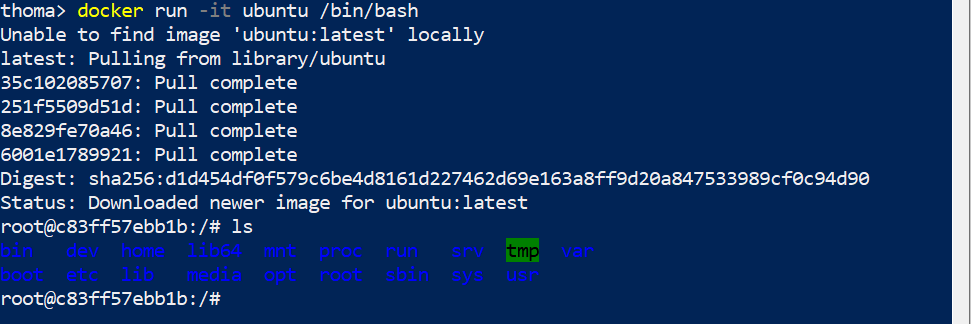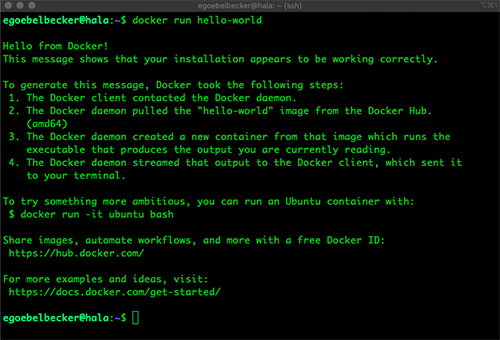
If you wish to upload image to your private registry then you tag the image in such a way that it should have registry url followed project and image. Mariadb latest 45a5a43e143a 3 days ago 410MB Let’s suppose I want to set tag of source image ‘mariadb:latest’ as ‘mariadb:10.03’ $ docker tag mariadb:latest mariadb:10.03 ‘docker rm’ will work only when docker is stopped / shutdown. :~$ 11) Remove a Containerĭocker Container is removed or deleted using ‘ docker rm‘ command. Just like process we can also kill a container, Use below command to kill a container. Use below command to restart a container. In place of container name we can also use container id Use below command to stop a running container $ docker stop myapp2 Just like virtual machines we can start, stop and restart docker containers. To come out of console type exit command 10) Start, Stop, Restart and Kill Containers To get container console access run beneath ‘docker exec’ command :~$ docker exec -it myapp /bin/bash To view all running along with exited or stopped containers, run $ docker ps -a 9) Container Console Access Run ‘docker ps’ command is used to view all running containers $ docker ps

We can run a container in detach mode using -d option in ‘docker run’ command.Here detach mode means we will get command prompt after executing the docker run command. Now you can access you nginx app on port 9000 using curl command, $ curl 7) Run Container in detach mode Type exit to stop / shutdown the container and if want to get out from the container without stopping it then type “ ctrl+p+q” If you might have noticed that we directly get the console just after executing the command. $ docker run -it -p 9000:80 -name=myapp nginxĪbove will run a container with the name “myapp” and we also set pat rule in such a way that if any request comes to 9000 port on docker host then that request will be redirected to myapp container on 80 port. To view all downloaded docker container images, run $ docker image lsĬontainers are launched with ‘docker run’ command, let assume I want to run a container from nginx image.

#Docker run image in terminal download
$ 5) View Downloaded Docker Container ImagesĪs we know that docker’s root directory is ‘/var/lib/docker’, so whenever we download images using docker pull command then all images will be saved in docker’s root directory. Status: Downloaded newer image for ubuntu:20.04 Status: Downloaded newer image for nginx:latestĭownloading specific image based on version, let’s assume, we want to download Ubuntu:20:04 docker image, run $ docker pull ubuntu:20.04ĭigest: sha256:669e010b58baf5beb2836b253c1fd5768333f0d1dbcb834f7c07a4dc93f474be


Output of above command would look like below,ĭocker pull command is used to download container images from docker hub registry.ĭocker pull command always try to download latest version of image, though we can specify the particular version of image. Using ‘docker search’ command we can search the docker container images from docker hub registry, Let’s assume I want to search latest nginx docker images. ‘docker info’ command is used to view the system wide information like Docker root directory, OS version, Kernel Version, Docker Version, RAM, CPU and Docker Registry.


 0 kommentar(er)
0 kommentar(er)
